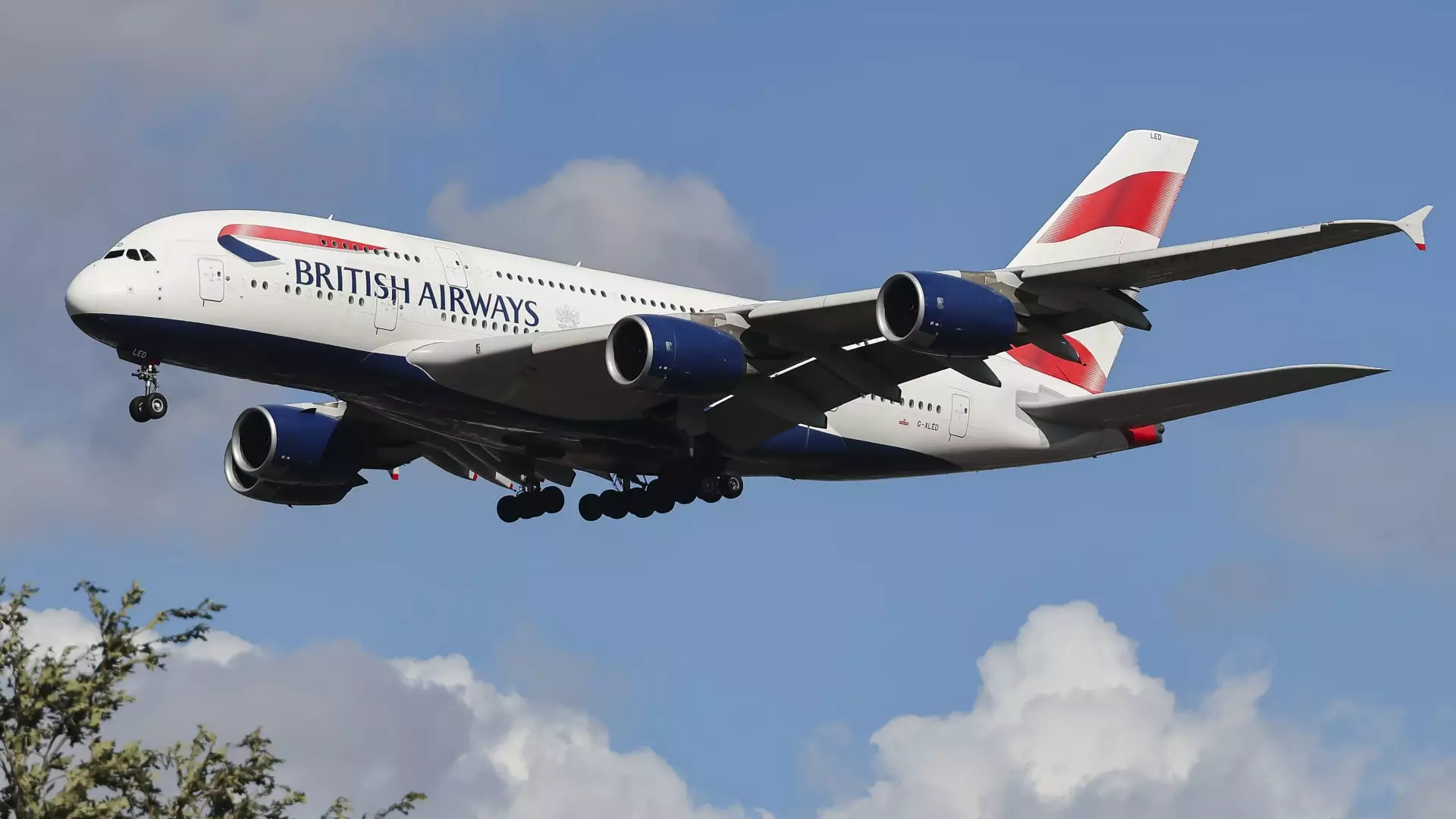The dynamics of global air travel have shifted dramatically in recent months, particularly with respect to China’s aviation sector. As major international airlines navigate an increasingly complex operational environment, many are significantly reducing or altogether withdrawing services to the country. A multitude of factors—most notably the economic landscape in China and external circumstances such as the ongoing repercussions of geopolitical tensions—are contributing to this retreat. This article delves into the underlying reasons for this change and the potential implications moving forward.
Rising Operational Costs
The closure of Russian airspace in response to geopolitical tensions has profoundly impacted international air travel routes, forcing European and other Western carriers to reroute their flights to Asia. This detour increases the distance traveled, thereby inflating fuel expenses. The increase in operational costs has also led to adjustments in the types of aircraft these airlines are willing to deploy on long-haul routes. For instance, British Airways has systematically downgraded the size of the jets it uses for flights into China, moving from the larger Boeing 747s to smaller models like the B787. This strategic reduction serves a dual purpose: it keeps their route on the map, while also cutting expenses in a high-cost operational environment.
John Grant, a chief analyst at OAG, highlights that this operational shift is a prudent response to the changing economic landscape. As airlines grapple with escalating expenses—compounded by factors such as the necessity for larger flight crews when flight durations increase—it becomes evident that continuing to service routes with low demand does not align with their business models.
The challenge of low demand looms large for international carriers contemplating service routes to China. According to reports, the number of international travelers entering China has plummeted significantly, from approximately 49.1 million in 2019 to a mere 17.25 million as of July 2023. This dramatic decline is reflective of a combination of external marketing factors and internal economic struggles, which have restrained both outbound and inbound travel. As the pandemic gradually recedes, other countries, particularly in Asia, are recovering more robustly, contradicting China’s slow rebound.
Qantas‘ decision to cancel its Sydney to Shanghai service is emblematic of the broader trend. The airline cited low demand as a primary reason for the cessation of flights, further reflecting the challenges faced across the aviation industry regarding service to China. U.S. carriers, while somewhat insulated from the airspace challenges faced by European airlines, are not immune to the broader demand issues. According to Grant, these airlines are making commercial decisions to withdraw from Chinese markets in favor of more lucrative routes.
As major airlines withdraw from China, they invariably reevaluate how their aircraft are deployed. For instance, British Airways redirected its planes from Beijing, where they faced a low load factor of only 55%, to more favorable routes, such as those to Cape Town, where volumes soared to 90%. Such strategic reallocations reflect a critical shift in resource management that many airlines are adopting as they look to optimize profitability in a competitive landscape.
Despite the struggles of foreign airlines, Chinese carriers are eager to reclaim market share and sustain flight operations. A stark contrast emerges between the profitability of international legacy airlines and the financial toll on Chinese connectivity. Many Chinese airlines are ramping up their services to Europe, claiming 82% of the total flights between the two regions, a significant increase from 56% pre-pandemic. This aggressive expansion highlights a desperate need for cash flow following substantial losses in recent years.
Looking Ahead: The Future of Air Travel to China
While current data indicates a troubling landscape for international travel to China, the future remains uncertain but optimistic. Grant posits that while domestic airlines in China have faced hurdles, they will eventually recover, albeit over an extended timeline. The upcoming winter season is predicted to usher in as many as 18 new routes operated by Chinese airlines to Europe, suggesting a strategy focused on boosting competitiveness as the market stabilization unfolds.
Though challenges persist—from higher operational costs to fluctuating demand—the resilience of the aviation industry continues to highlight the role of strategic planning. As airlines recalibrate their service offerings internationally, monitoring consumer demand and aligning operational efficiency will be essential. Ultimately, the timeline for a robust recovery in and out of China remains contingent on a multitude of factors, including the evolving geopolitical landscape and the global pandemic’s lasting implications for international travel.


Napsat komentář